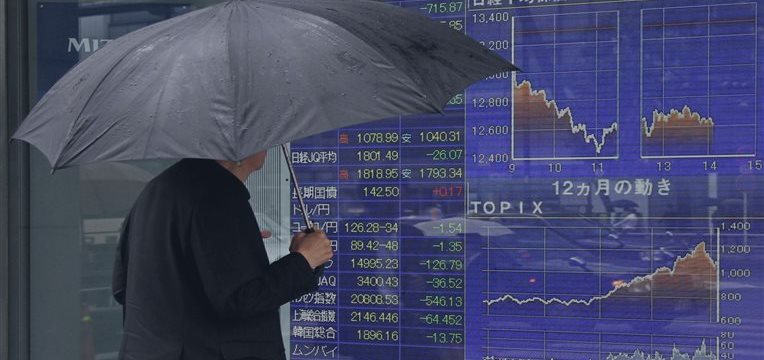The Nikkei 225 was first recorded in 1950 and remains one of the most
widely quoted Japanese stock indices. As of June 2011, the Tokyo Stock
Exchange's (TSE) listings had an overall valuation of $3.7 trillion,
trailing only the London Stock Exchange, NASDAQ OMX and NYSE Euronext
platforms at $3.8 trillion, $4.1 trillion and $13.8 trillion
respectively.
The stock exchange of Tokyo has the Nikkei 225 as its stock index. It is traded in the binary options market as a derivative. To trade the Nikkei an investor must have a good knowledge of the Japanese economy. Indices trading in Japan is based not only on how the Japanese stock markets are doing, but also on how the American stock markets are doing. Because Japan has an economy which is export orientated with its exports going mostly to the United States, the Japanese economy by default is tied to the American economy. Thus the Nikkei 225 index correlates positively to the American indices and the American stock markets. Indeed, historically the performance of the Nikkei 225 on one particular trading day mirrors the Dow Jones Industrial Average Index’s performance of the preceding trading day. This tip alone can afford a trader trading the Nikkei 225 index a head start as to how to trade the index.
Thus, in order to trade the Nikkei 225 successfully a trader or investor should keep a close eye on the economic data coming out of America. For example the Non-Farm Payroll data affects the Nikkei 225 index in a big way. If the data is good news and the Dow Jones rises in value the next day the Nikkei index mirrors the rise. If the news was bad and the Dow Jones falls, so does the Nikkei 225 on the following trading day. Other economic data that affects the Nikkei 225 to some effect is the United States GDP report, the consumer sentiment report, the retail sales report and the manufacturing data report. All these have a positive or negative effect on the Nikkei 225 depending on if there was good economic news or bad economic news. Positive data from these reports will push the Dow Jones up and bad economic data reports will pull the Dow Jones down. The Nikkei 225 will mirror those movements on the very next trading day.



